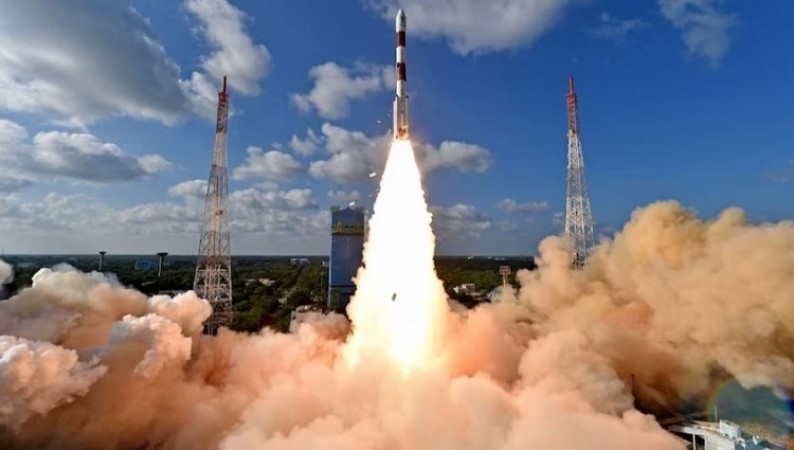
ISRO to Test Key Technology for Chandrayaan-4 Mission through SPADEX Mission:After the success of Chandrayaan-3, India's space agency, ISRO, is intensifying efforts towards Chandrayaan-4, aimed at bringing lunar rock samples back to Earth. This upcoming mission, slated for later this decade, will involve crucial spacecraft docking in orbit—a vital step in safely retrieving samples from the moon.
The pivotal technology crucial for this mission is primed for testing within the ongoing development of the SPADEX (Space Docking Experiment) mission. Although the launch date for SPADEX is yet to be finalized, substantial progress is being made. The mission's primary focus is to refine capabilities in orbital rendezvous, docking procedures, and coordinated flying maneuvers.
The SPADEX initiative involves two IMS class satellites, each weighing 200 kg. It features a twin spacecraft system, comprising a Chaser and a Target. These spacecraft are engineered to execute precise orbital maneuvers, marking significant advancements in human spaceflight, satellite servicing in space, and other close-proximity operations.
SPADEX is scheduled for launch aboard the Polar Satellite Launch Vehicle from the Satish Dhawan Space Centre. During this mission, both spacecraft will be injected into slightly different orbits, a critical aspect of the experimental endeavor.
The main goals of SPADEX include testing autonomous rendezvous and docking capabilities, which involve the unique task of controlling one spacecraft using the Attitude Control System of the other while in a docked configuration.
Additionally, the mission aims to showcase formation flying techniques and conduct remote robotic arm operations, indicating a substantial leap forward in space technology.
The journey towards SPADEX's realization began with initial studies in 2016 and received approval from the Indian government in 2017, initially backed by a funding allocation of Rs 10 crore. Subsequently, ISRO solicited proposals in June 2019 to explore remote robotic arm operations and associated technologies on the PSLV fourth stage (PS4) orbital platform, further cementing the mission's development.
India's Aditya-L1 Solar Observatory Nears Milestone Orbit Around Lagrange Point 1
ISRO Prepares for a Dozen Major Missions in 2024: Here's What's Ahead
Year Ender 2023: 10 Key Events That Made Waves India and Beyond